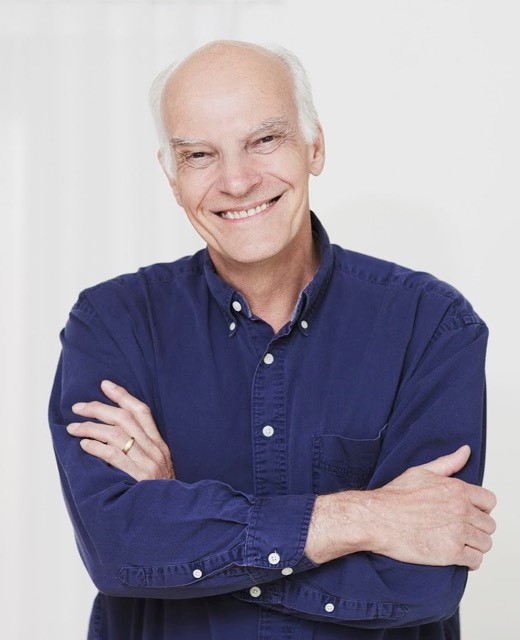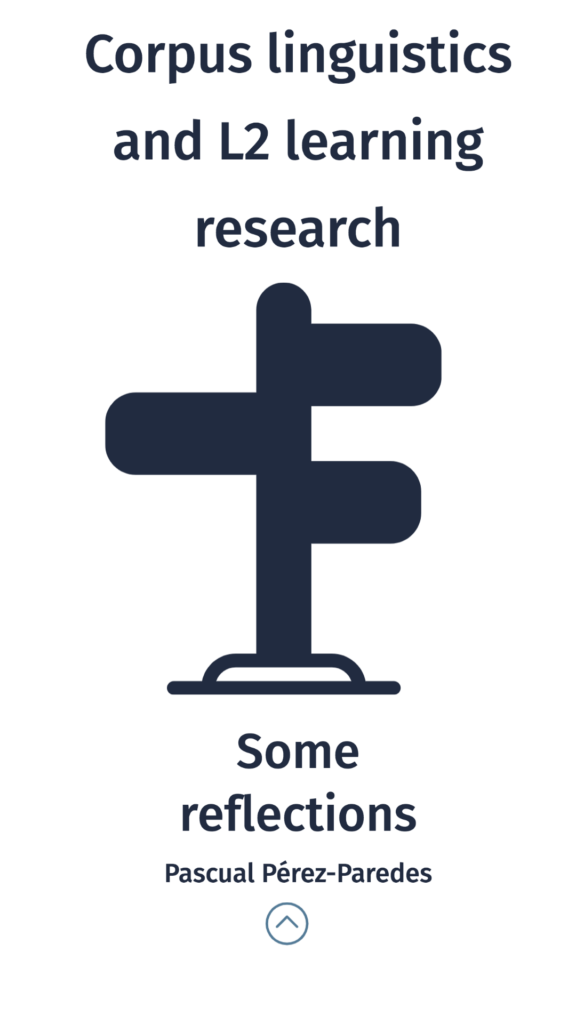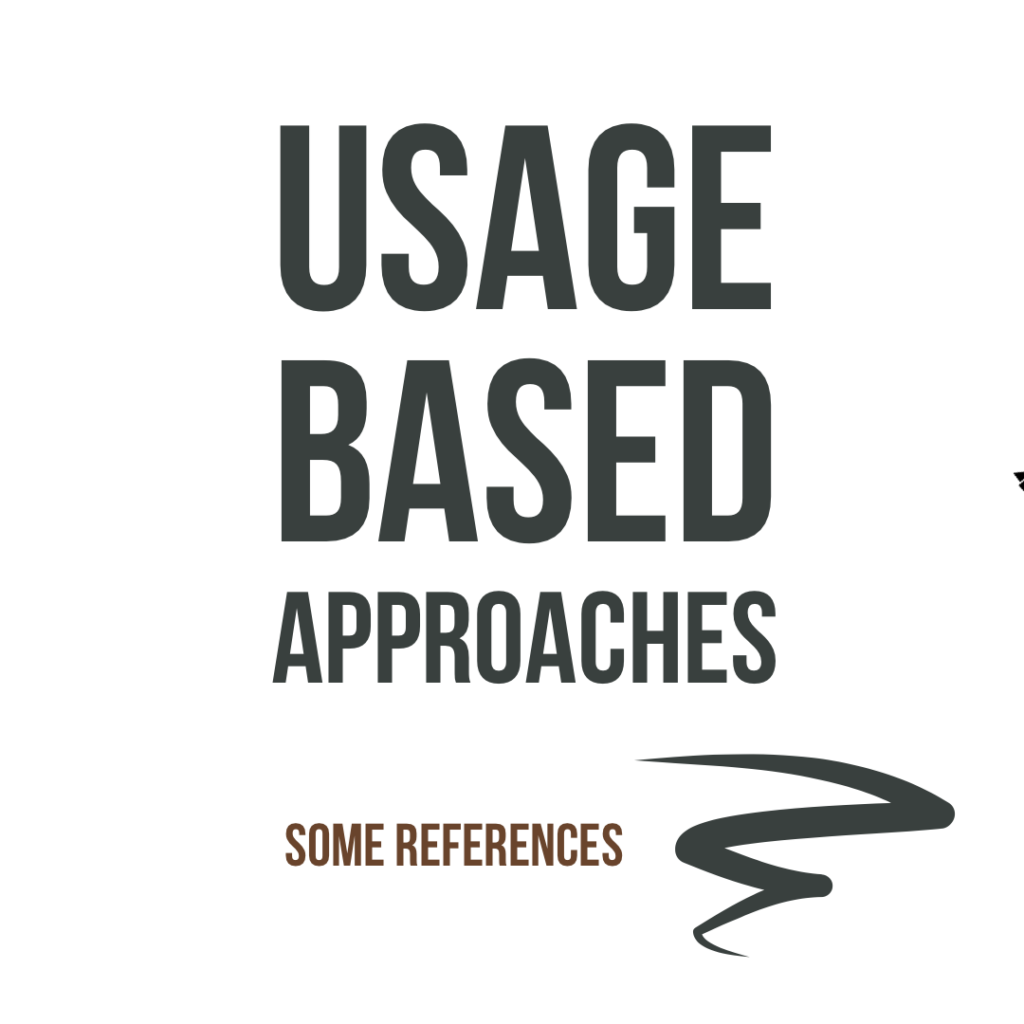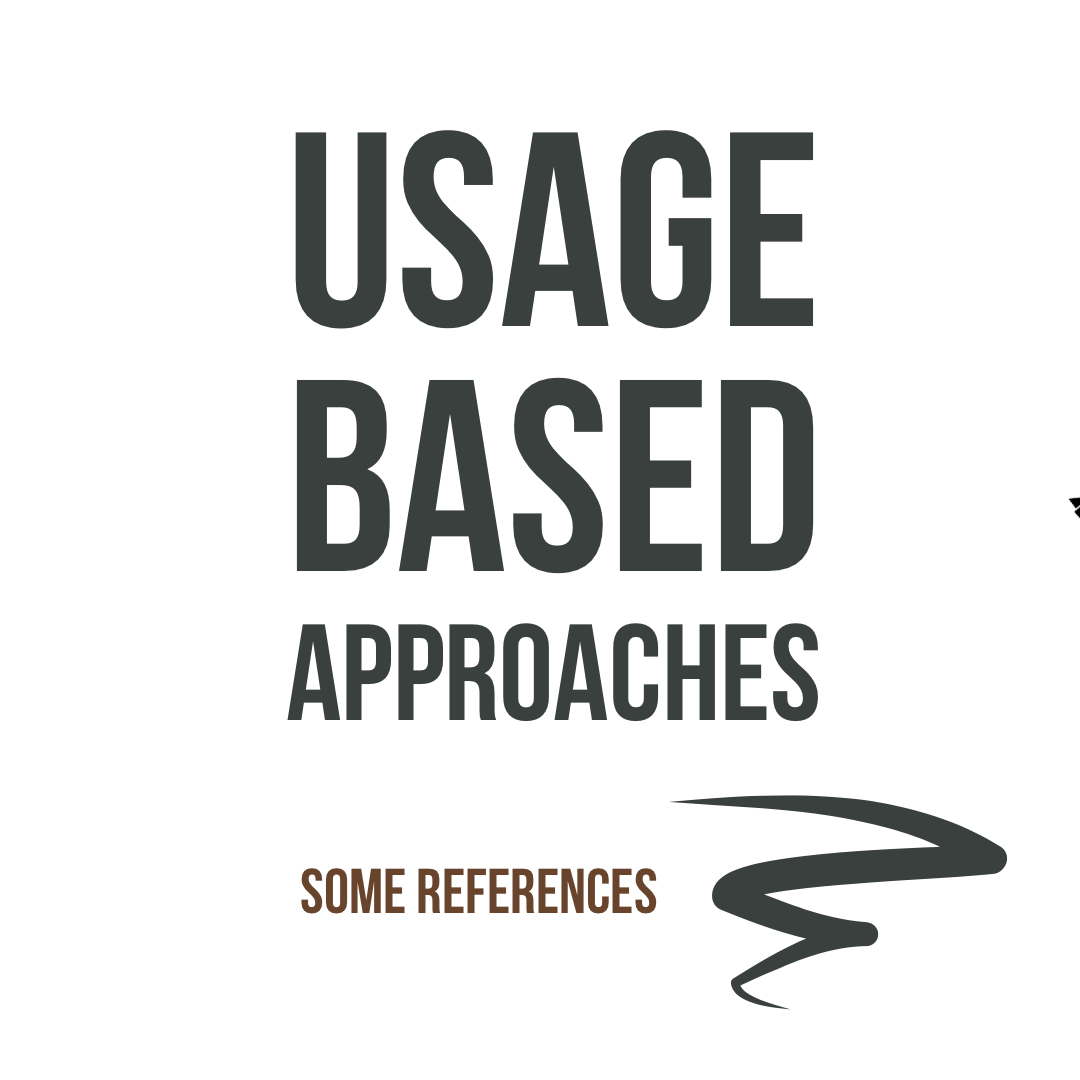Frequency is a key determinant of acquisition because “rules” of language, at all levels of analysis from phonological, through syntax to discourse, are structural regularities which emerge from learners’ lifetime analysis of the distributional characteristics of language input.
Category: Usage-based perspectives
Language is never, ever, ever random
“Language is never, ever, ever random” (Kilgarriff, 2005), not in its usage, not in its acquisition, and not in its processing. (Nick C. Ellis, 2017, p. 41)

Nick C. Ellis (2017). Cognition, Corpora, and Computing: Triangulating Research in Usage-Based Language Learning. Language Learning 67(S1), pp. 40–65
Some reflections at the crossroads of corpus linguistics research and L2 learning

Programa de Doctorado Interuniversitario en Estudios Ingleses Avanzados: Lingüística, Literatura y Cultura (IDAES) – IDAES Graduate Day

References
Cohen, L., Manion, L., & Morrison, K. (2018). Research methods in education. Routledge.
Dornyei, Z. (2007). Research Methods in Applied Linguistics. OUP.
Hunston, S. (2019). Patterns, constructions, and applied linguistics. International Journal of Corpus Linguistics, 24(3), 324-353.
Loewen, S., & Plonsky, L. (2015). An A–Z of applied linguistics research methods. Macmillan.
Lukenchuk, A. (Ed.) (2013). Paradigms of research for the 21st century: Perspectives and examples from practice. New York, NY: Peter Lang Publishing.
McEnery, T., Brezina, V., Gablasova, D., & Banerjee, J. (2019). Corpus linguistics, learner corpora, and SLA: Employing technology to analyze language use. Annual Review of Applied Linguistics, 39, 74-92.
Mitchell, R., Myles, F. & Marsden, E. (2013). Second Language Learning Theories. 3rd ed. New York/London: Routledge.
Rose, H. & McKinley, J. (2017). The realities of doing research in applied linguistics. In McKinley, J & Rose, H. (eds.) Doing Research in Applied Linguistics. Routledge.
Stefanowitsch, A. (2020). Corpus linguistics. Language Science Press. Online edition.
Tyler, A. E., Ortega, L., Uno, M., & Park, H. I. (Eds.). (2018). Usage-inspired L2 instruction: Researched pedagogy (Vol. 49). John Benjamins.
Understanding language in its natural habitat
Linguists and psychologists often study sentences in isolation, which may be akin to studying animals in separate cages in a zoo. I have been guilty of this in much of my own work. Our understanding of language will undoubtedly benefit from more focus on language in its natural habitat: conversation (e.g., Du Bois et al., 2003; Hilpert, 2017; Thompson and Hopper, 2001). In fact, the human tendency to cooperate plays a key role in how our complex system of language emerges via cultural evolution (Botha and Knight, 2009; De Boer et al., 2012; Ellis and Larsen-Freeman, 2009; Richerson and Christiansen, 2013; Steels, 2005; Tomasello, 2009). Cooperation is most evident when people use language to communicate with one another in conversations.
Language provides a constrained and discrete system that offers us a window into our even more general, creative, but constrained system of general-purpose knowledge. It allows us to teach and learn, dream and imagine, and reflect and reason in ways that are uniquely human. Moreover, a focus on the functions and distributions of constructions offers important insights about how individual constructions emerge and evolve over time (e.g., Barðdal et al., 2015; Mauri and Sansò, 2011; Traugott, 2015; Traugott and Trousdale, 2013).
There is a growing synergy among linguists, psychologists, anthropologists, and computer scientists, and so it is a very exciting time for research on language. This volume only scratches the surface of what we have already learned, as is evident in the copious list of references.
Goldberg, A. E. (2019: 163). Explain me this: Creativity, competition, and the partial productivity of constructions. Princeton University Press.
Why conventional formulations become easier to access?
An important role for competition and error-driven learning was detailed in chapter 5, offering a way for learners to overcome overgeneralizations and learn the constraints on words and constructions. As a preferred alternative becomes more familiar through repeated exposure, it will become easier to access than the dispreferred formulation through the process of statistical preemption. That is, words that express closely related meanings or grammatical constructions that have closely related functions in discourse are in competition with one another. When multiple representations are simultaneously activated in a given context to express the same (aspects of) the intended message, the representation with the greatest strength wins, and any other representations become progressively dissociated with features of that context. This accounts for why conventional formulations become easier to access. The reason we judge novel formulations to be “wrong,” “inappropriate,” or non-native-like when there exists a more appropriate way to express the particular meaning or function is that we want to speak like “our people.” That is, shared language conventions signal that one is a member of the group. Using ball to refer to a button or saying ?Explain me this is considered “wrong” by native speakers because this is simply not how other native speakers speak.
Goldberg, A. E. (2019: 157). Explain me this: Creativity, competition, and the partial productivity of constructions. Princeton University Press.
Usage based in a nutshell (Ellis 2012)

Usage-based theories of language hold that learners acquire constructions in a similar fashion—from the statistical abstraction of patterns of form-meaning correspondence in their usage experience—and that the acquisition of linguistic constructions can be understood in terms of the cognitive science of concept formation following the general associative principles of the induction of categories from experience of the features of their exemplars. In natural language, the Zipfian-type token-frequency distributions of the occupants of each of these construction islands, their prototypicality and generality of function in these use, roles and the reliability of mappings between these together conspire to make language learnable. Phrasal teddy bears, formulaic phrases with routine functional purposes, play a large part in this experience, and the analysis of their
components gives rise to abstract linguistic structure and creativity.
Is the notion of language acquisition being seeded by formulaic phrases and yet learner language being formula-light having your cake and eating it too?
Ellis, N. (2012). Formulaic Language and Second Language Acquisition: Zipf and the Phrasal Teddy Bear. 32, 17-44.
